As one of the Ministry of Industry and Trade award-winners in an energy efficient building contest, the Fortuna Hotel in Hanoi is held up as an effective example of energy conversation.
Efficient equipment
Located in one of the busiest streets in the capital, the Fortuna Hotel is an outstanding example of a green building thanks to modern architectural style, surrounding green trees and energy efficient lighting.
In the past, the building consumed about 493,900kWh of energy every month. Cutting energy costs is one good method to help the hotel save expenses. Hotel chief engineer Pham Van Vinh, said that while the hotel must appear luxurious and elegant, energy could be saved through the use of highly efficiency energy saving PLC (Philips Linear - Compact) bulbs in the main drawing room. In the conference hall and dining room, Halogen and LED lamps are hung. In addition, T5 and T8 fluorescent compact bulbs are used in many places such as the offices, kitchen, stores and parking. Lampshades are used to increase lighting efficiency. Apart from lighting within the hotel, high voltage lamps are used around the hotel to improve it's exterior appearance at night. However, because those lamps consume large amounts of energy, they are used only until midnight.
 The hotel also uses intelligent elevators that help it save energy. The hotel needs 11 elevators to meet demand of guests and staff. When an elevator is called, the one nearest the person will run to him. This method helps the hotel save a lot of energy.
The hotel also uses intelligent elevators that help it save energy. The hotel needs 11 elevators to meet demand of guests and staff. When an elevator is called, the one nearest the person will run to him. This method helps the hotel save a lot of energy.
Aside from major electrical devices, the building uses other facilities such as air ventilation, kitchen appliances and office equipment. The hotel has a basement parking garage and long lobbies, thus, air ventilation system is needed. At the lobbies of the lounges, two air ventilation systems are installed in the gables. These systems dehumidify the rooms. Although the air ventilation system has low capacity, the number is rather high, meaning the air ventilation systems have great potential to save energy. The operation of air ventilation systems is under strict control and they are turned off when unnecessary.
Clever design
To promote energy conservation, the hotel has a clever design that contributes to saving energy. Specifically, the ground floor is to welcome guests, with walls made of glass that helps the hotel utilize solar lights. Glass walls also make the hall appear larger and more luxurious, especially at night. Glass is also used on stairs which need to be lit all day and night to use solar lights. The hotel entrance hall, where all guests are welcomed, is roofed. Along the hall are green trees that cool the hotel. The hotel uses anti-leakage and heat insulation construction materials. The attic floor is built with baked bricks for added insulation and anti-leakage tar is used. Next to the tar layer is concrete. With this sound design, the hotel can save large amounts of energy.
From a distance, the hotel stands out thanks to its green trees and glass walls. This clever design helps the hotel to utilize solar lights, thus reducing using lighting equipment. Office windows from the fourth floor are made of dark glass. Apart from cooling the rooms, dark glass helps the rooms to use solar lights. Curtains are hung to make offices cooler, creating a warm atmosphere to make guests feel comfortable.
Through enormous efforts, the hotel has saved more than 200,000kWh of electricity, equal to VND250 million annually. Vinh said that in the coming time, other energy efficient equipment will be used such as solar power water heaters to help the hotel save money and protect the environment.
By Le My
 The hotel also uses intelligent elevators that help it save energy. The hotel needs 11 elevators to meet demand of guests and staff. When an elevator is called, the one nearest the person will run to him. This method helps the hotel save a lot of energy.
The hotel also uses intelligent elevators that help it save energy. The hotel needs 11 elevators to meet demand of guests and staff. When an elevator is called, the one nearest the person will run to him. This method helps the hotel save a lot of energy.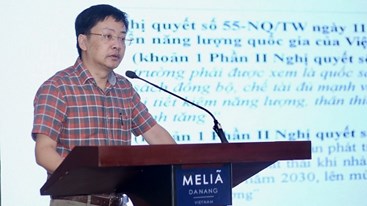
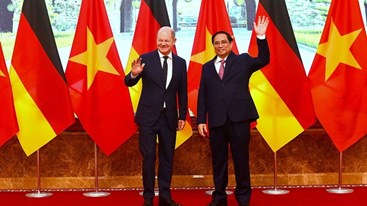
.png?w=367&h=206&mode=crop)
.jpg?w=367&h=206&mode=crop)
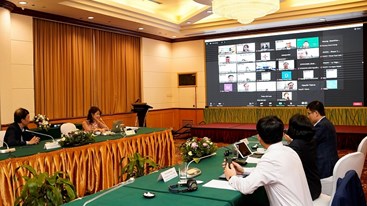
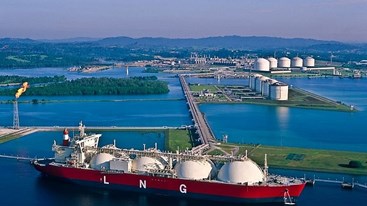
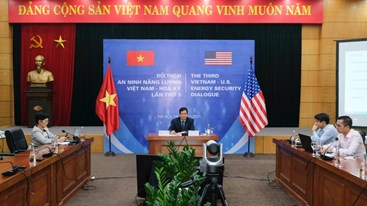
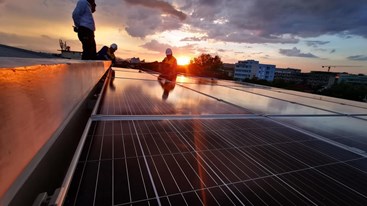
.jpg?w=367&h=206&mode=crop) Energy efficiency and conservation usage is an important aspect of the national energy development strategy
05/03/2024
Energy efficiency and conservation usage is an important aspect of the national energy development strategy
05/03/2024
 Challenges and Opportunities to promote energy efficiency market in Vietnam
Challenges and Opportunities to promote energy efficiency market in Vietnam
 The Ministry of Industry and Trade requests government agencies to coordinate in organizing Earth Hour 2024
The Ministry of Industry and Trade requests government agencies to coordinate in organizing Earth Hour 2024
 Consultation on Energy Efficiency Boiler Catalogue and Wood Drying Guideline
Consultation on Energy Efficiency Boiler Catalogue and Wood Drying Guideline
 Son Ha Co., Ltd, applies energy efficiency and conservation measures
Son Ha Co., Ltd, applies energy efficiency and conservation measures
.png?w=367&h=206&mode=crop) Request for expression of interest - C2.1.13: Capacity Building on energy efficiency policies development
Request for expression of interest - C2.1.13: Capacity Building on energy efficiency policies development
 Phuc Kien Co., Ltd., is effectively implementing energy-saving measures
Phuc Kien Co., Ltd., is effectively implementing energy-saving measures
 Request for expression of interest - C2.1.12: Independent monitoring of safeguards implementation
Request for expression of interest - C2.1.12: Independent monitoring of safeguards implementation